When I first picked up a DSLR camera, I got a lesson on how to hold my camera correctly. It's a worthwhile lesson for everyone: once you've got the strap on properly, and you are in fact using that strap, then you need to make sure you are holding the camera in the safest way possible.
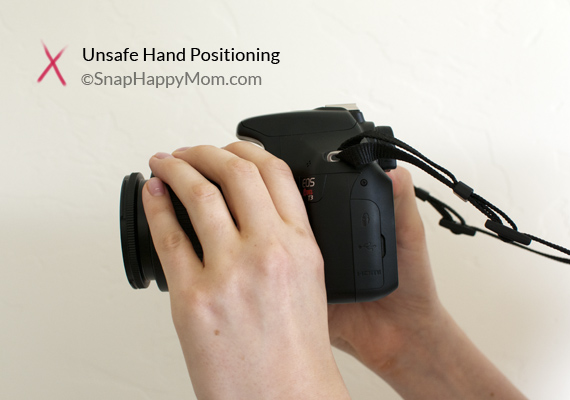
This is the way many photographers instinctively hold their cameras because it's similar to how you hold a small point and shoot camera.
However, if you are holding a DSLR lens over the top (with only your thumb underneath), you are relying on only your reflexes if the camera should slip from your hands. It also means your left elbow going to be throwing off your balance, and it will be harder to get sharper pictures.
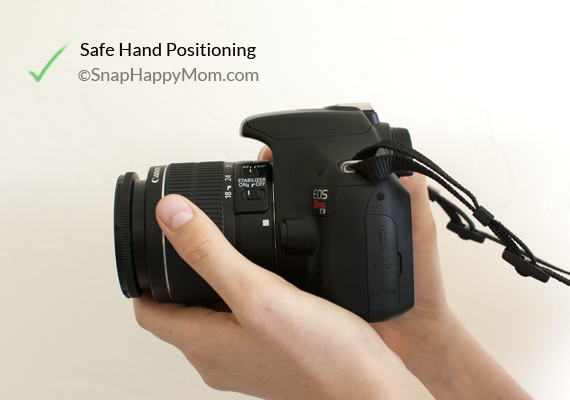
This is the proper way to hold a DLSR camera. Your left hand controls how safe the camera body and lens will be. You want that left hand cupping underneath the lens, with the thumb pointing up. The bulk of the weight is resting in your palm, leaving your right hand available for changing most controls and hitting the shutter.
You can still use your fingers and thumbs to zoom and focus from here, but you want your palm under the lens, not over the top. This hand positioning also brings your left elbow close to your body to help stabilize the camera for sharper pictures.
If the camera gets dropped or the lens comes off the body, your left hand would be in a position to catch the lens while your right hand would be holding the camera body. Having your hand cupped around the bottom takes advantage of gravity so that the lens is already safely resting in your palm when something happens.
Also, the longer the lens, the more front-heavy your camera is going to be.
Lenses are much more expensive and fragile than camera bodies, so it makes sense that this hand positioning became standard in the photography world. It is simply the safest way to protect your lens and your camera. It is the mark of someone who respects their equipment and knows the correct way to use it.
I know it might seem awkward at first, but it will really only take a few times to get used to it. Start today, because you never know what might happen!
This is Part 3 in a mini series about how to NOT drop your camera.
Part 1: How To Put On a Camera Strap.
Part 2: Using Your Camera Strap.


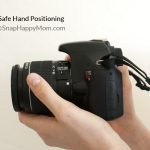
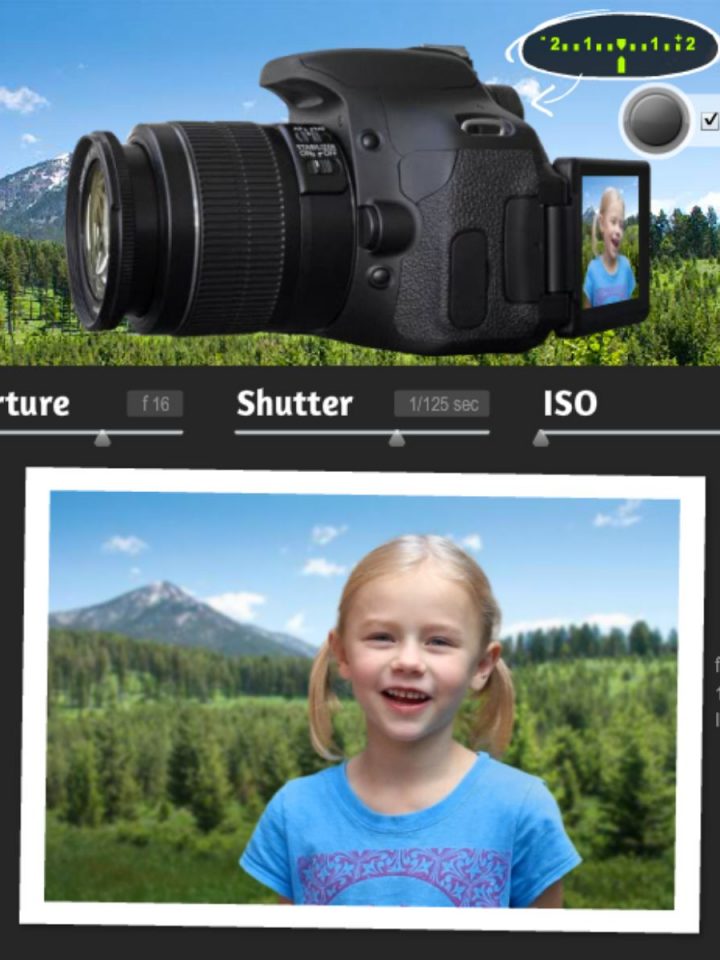

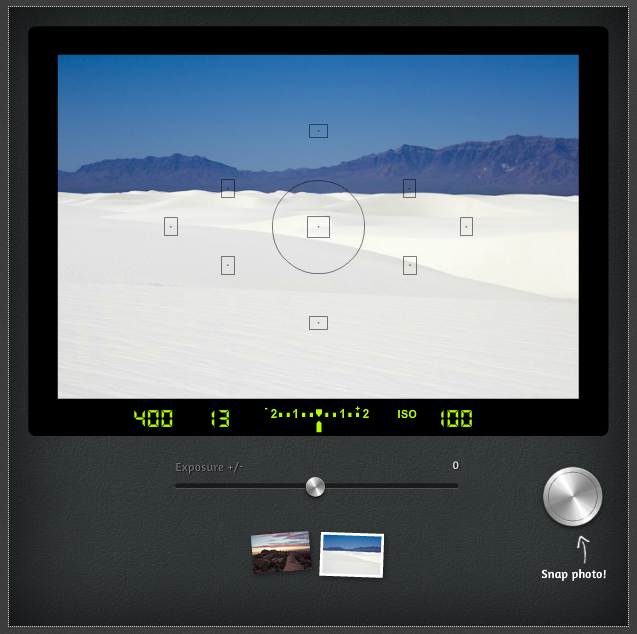
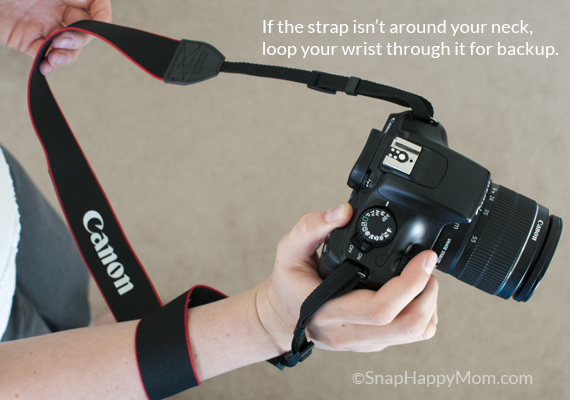
Stephanie says
So, I've been doing it wrong! Good thing you wrote this for me.
pkskys says
Which Dslr camera is best for Videography If some one know about a best camera please suggest me I also visit this site chick this site but could not know which one to buy please help me